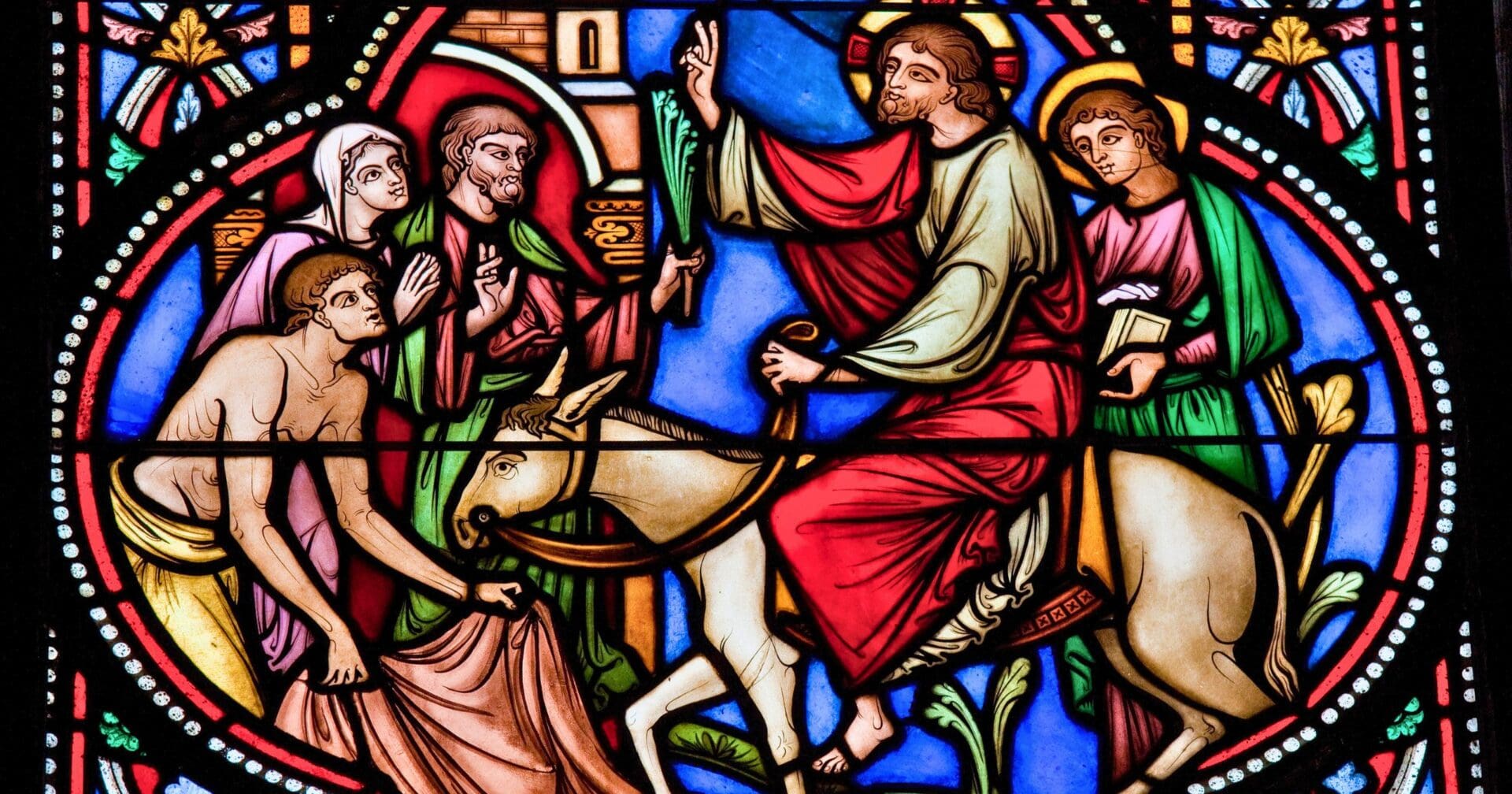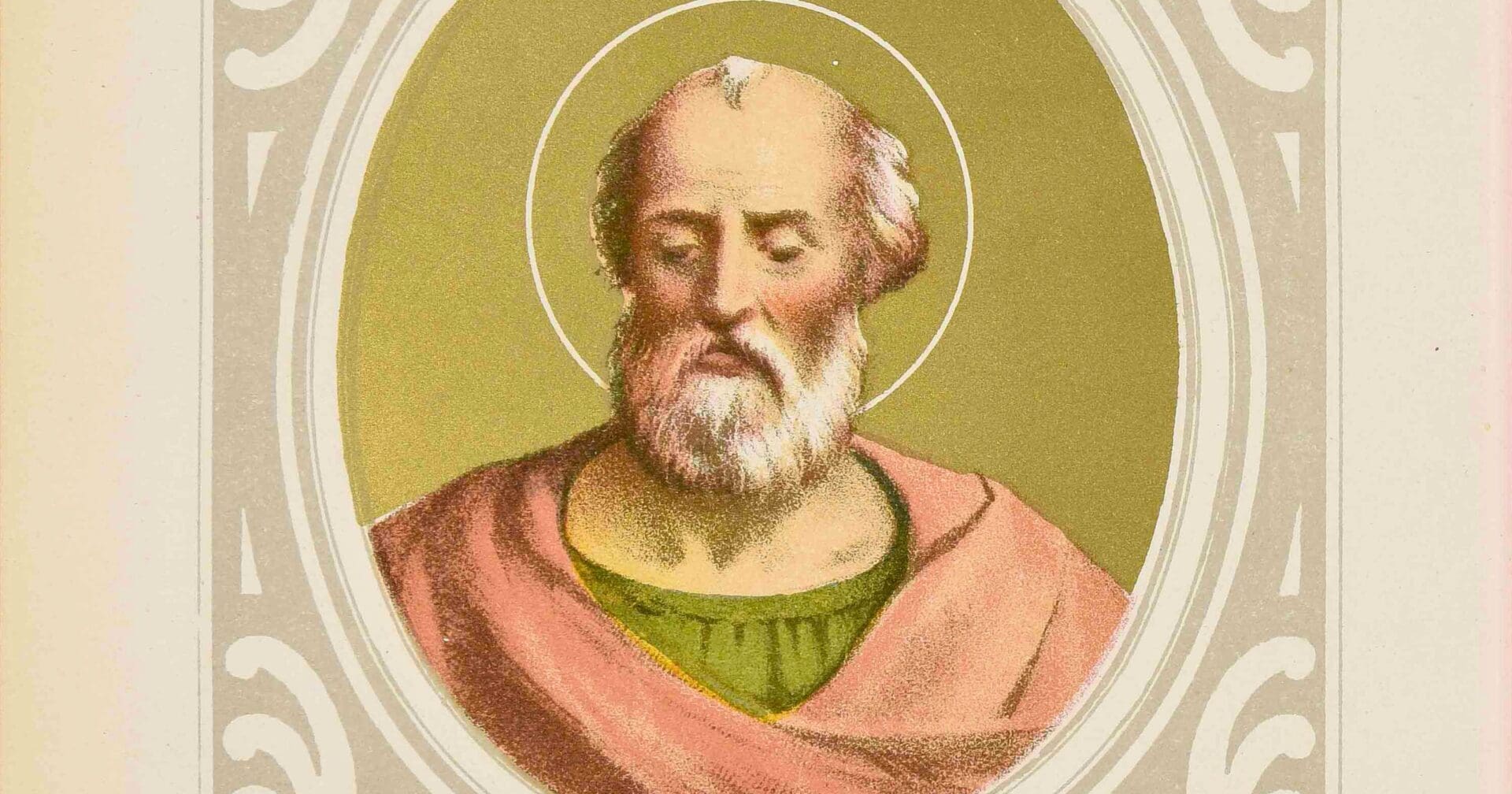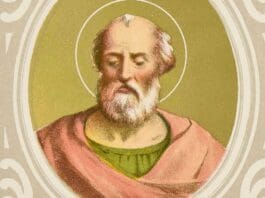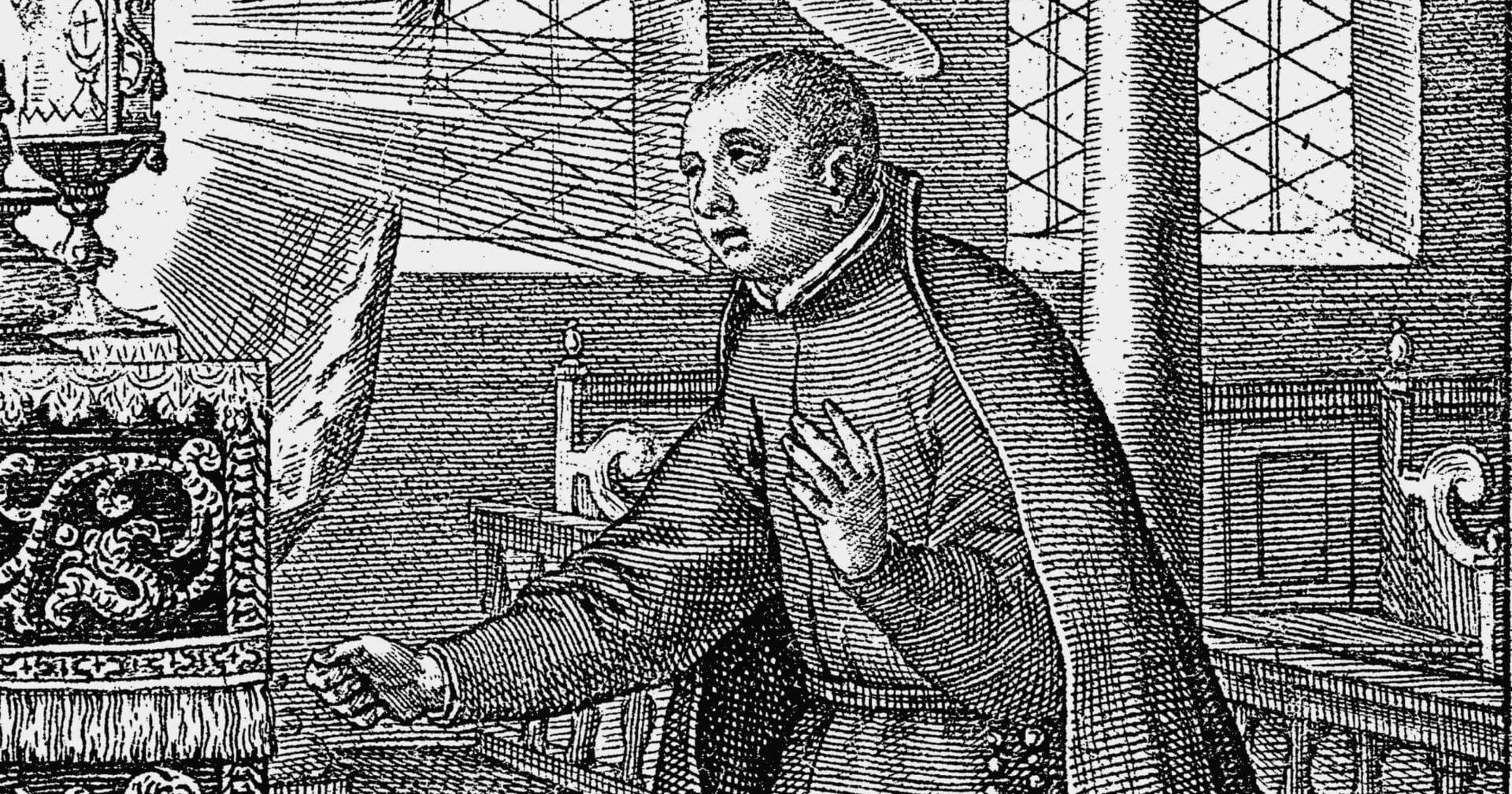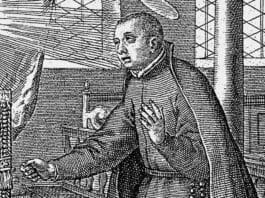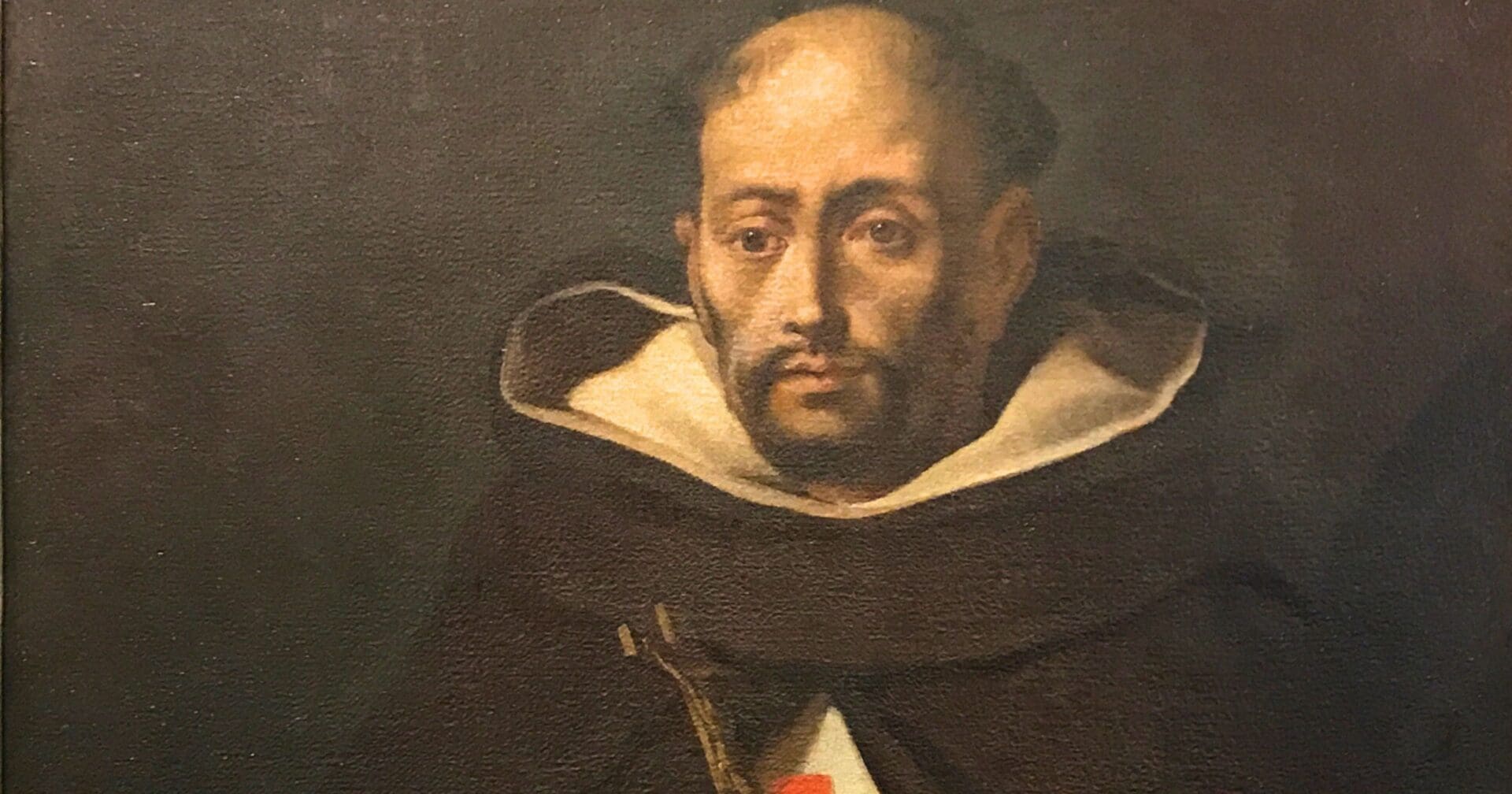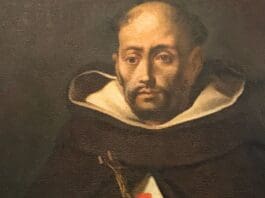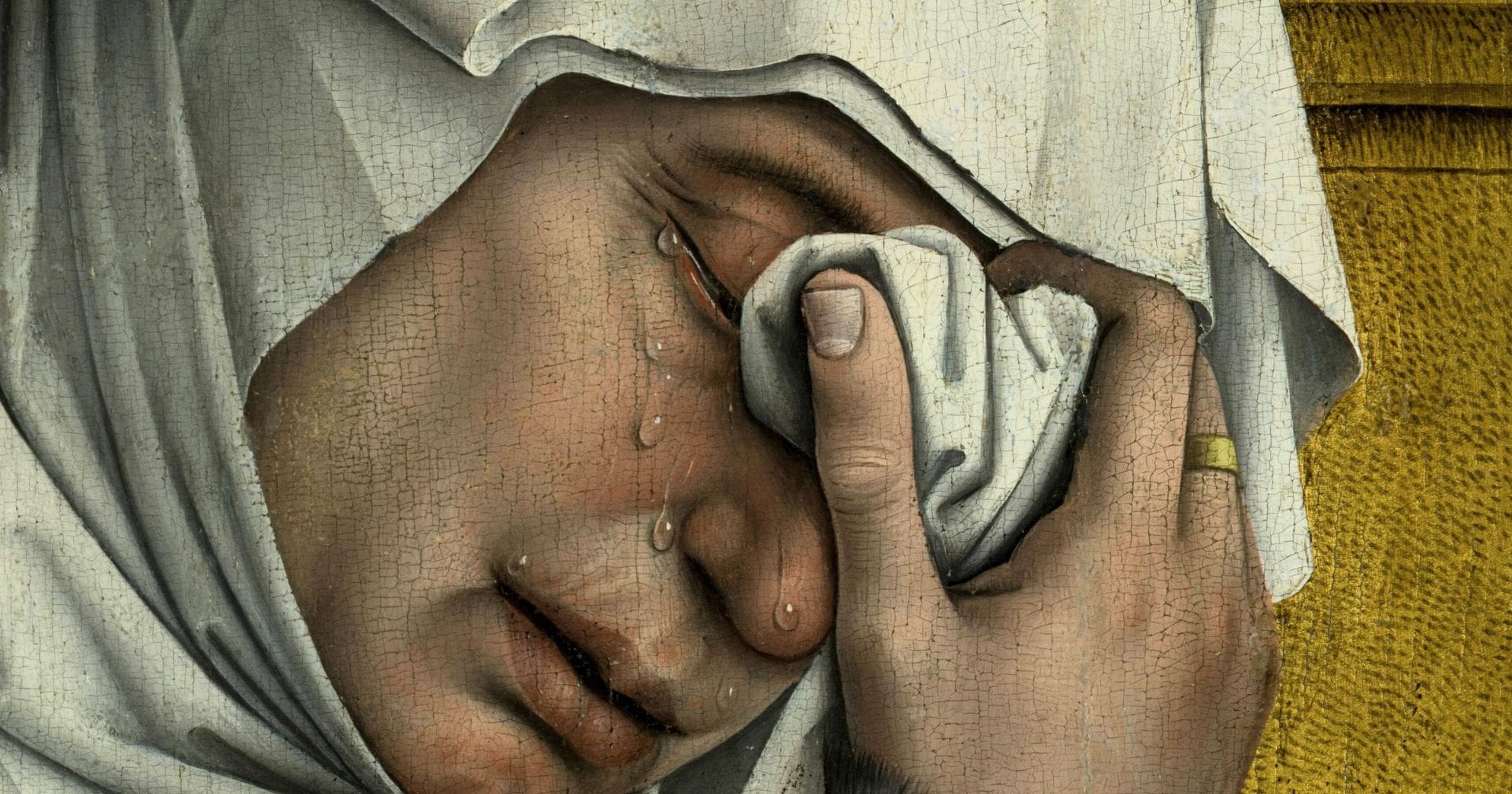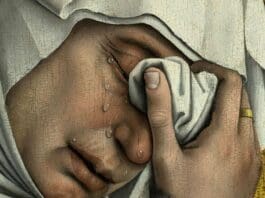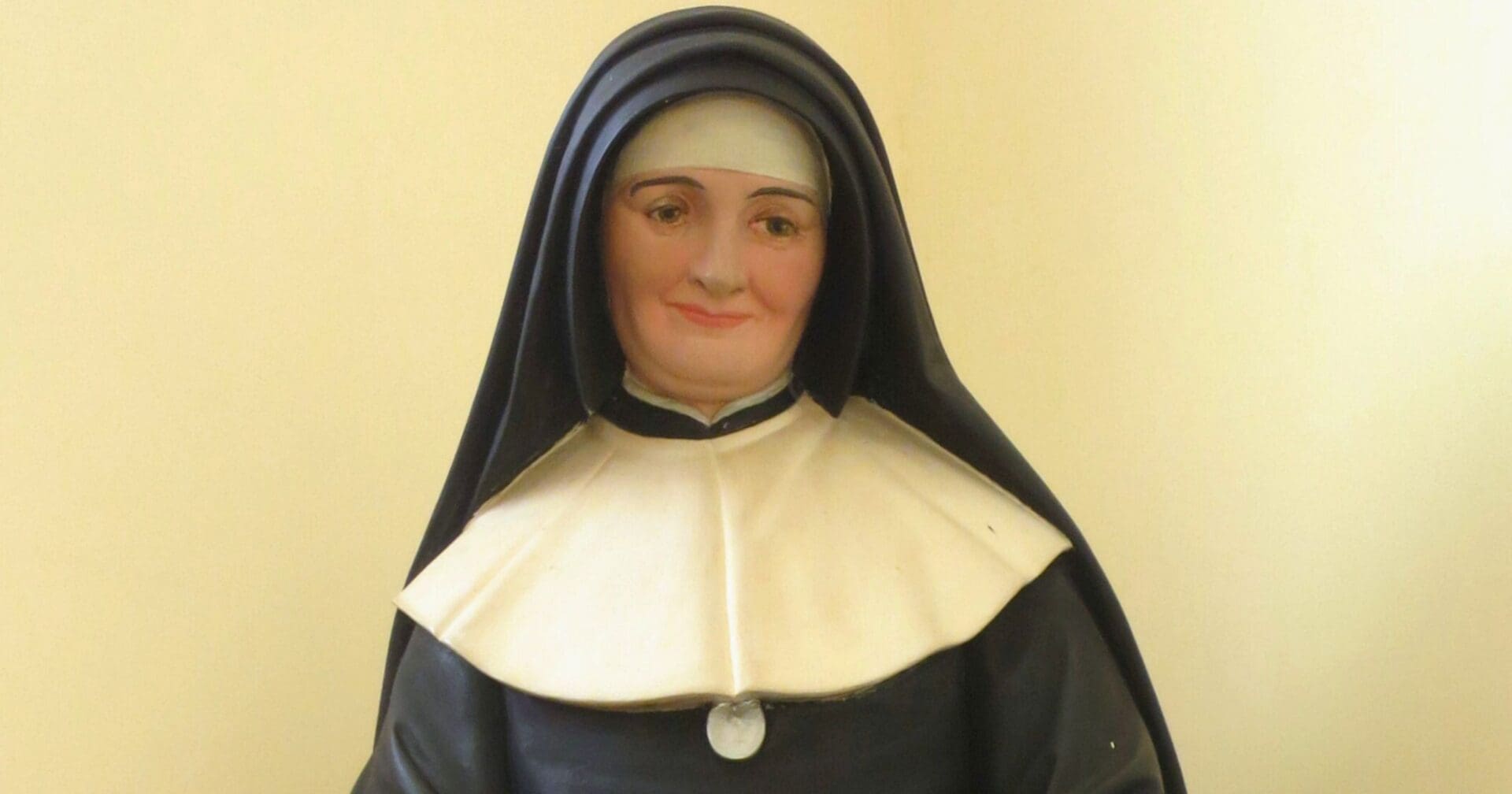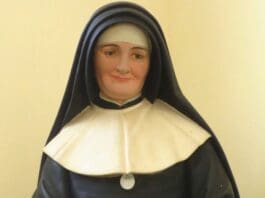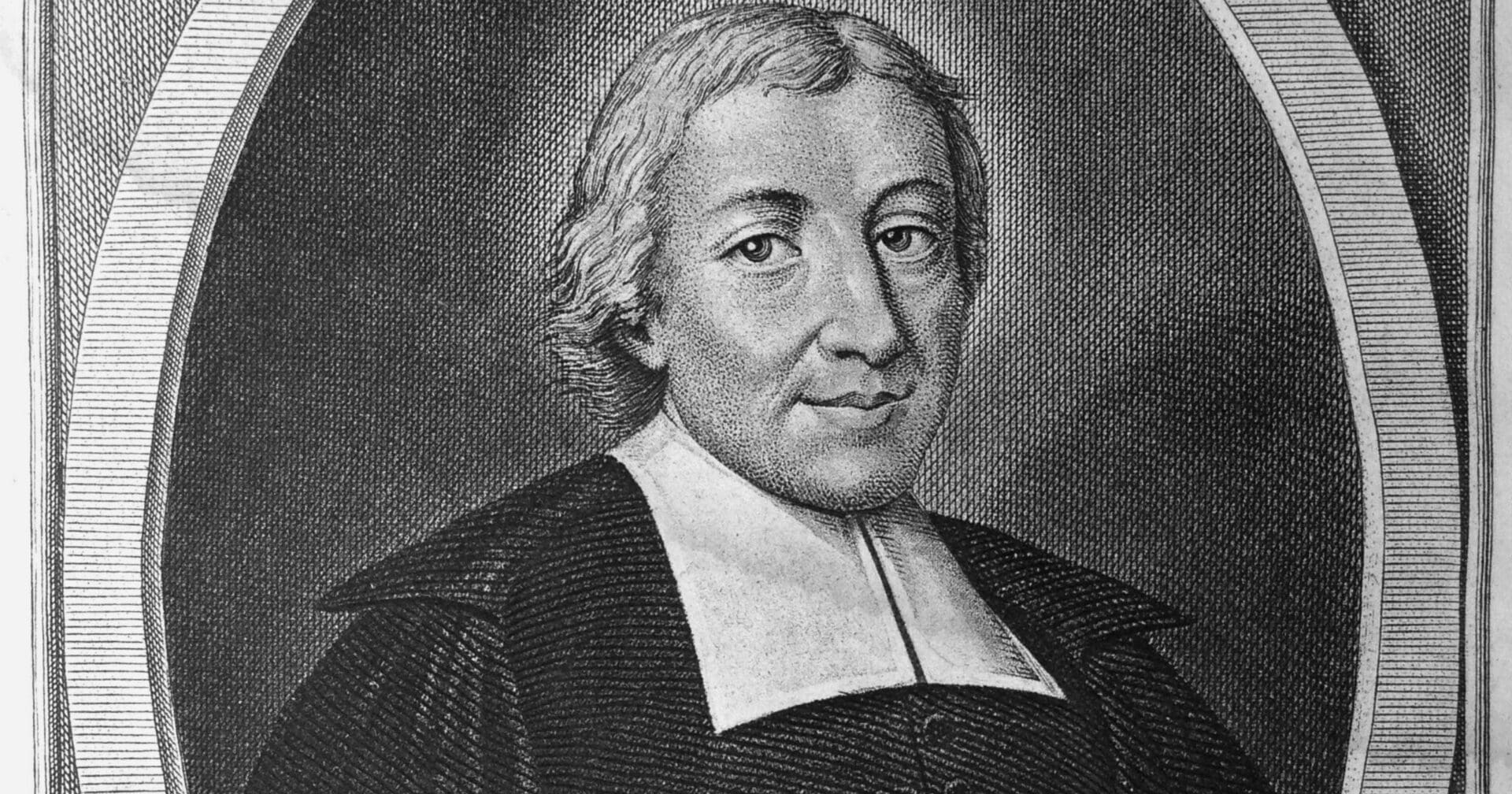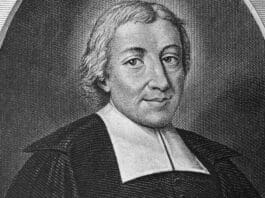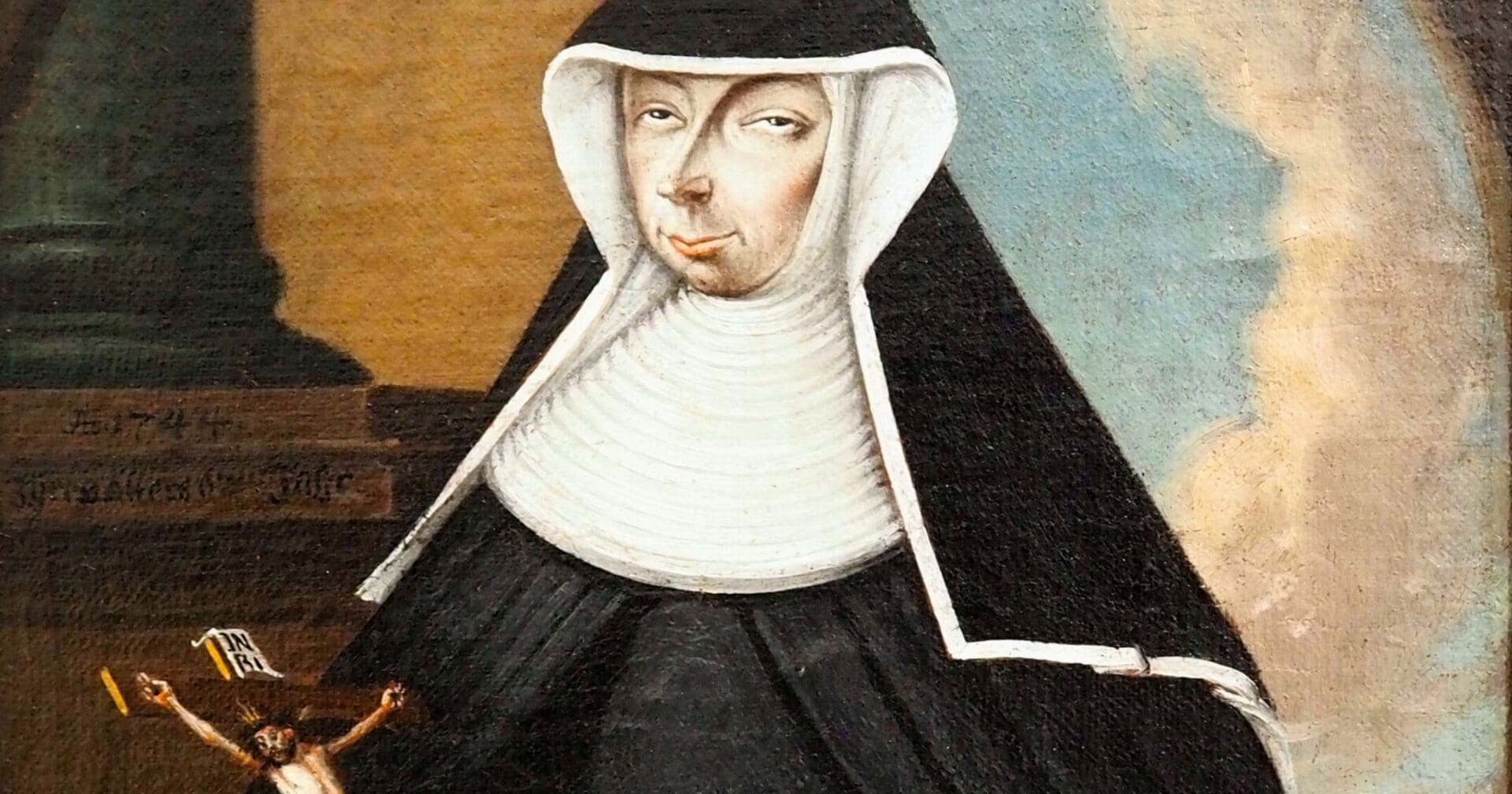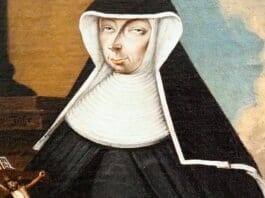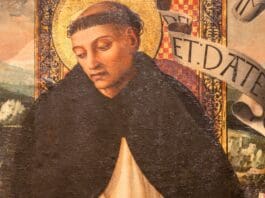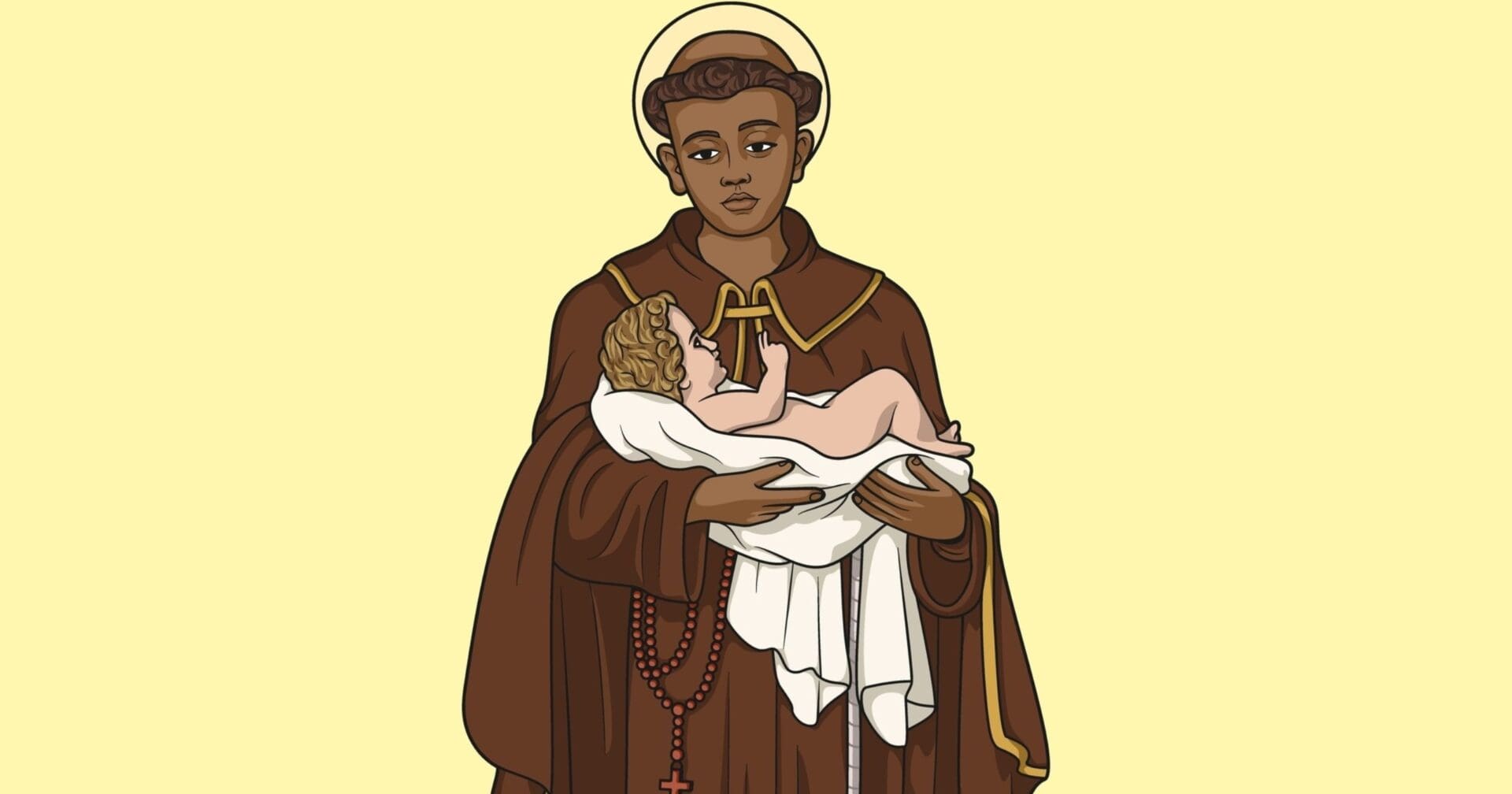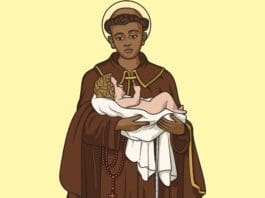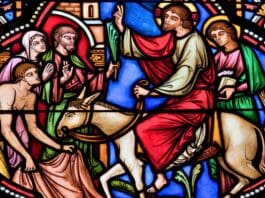
On Palm Sunday, also known as the Sunday of the Lord’s Passion, the Christian world steps into Holy Week, marking the commencement of a period steeped in profound religious significance. This day memorializes Christ’s majestic entry into Jerusalem, an event that saw the city’s inhabitants lay their garments on the streets, heralding him as their sovereign with shouts of “Hosanna to the Son of David; Blessed is he who comes in the name of the Lord!”
In the Western Church tradition, the observance of Palm Sunday begins with the blessing of palms. These palms, destined for the subsequent procession, are sanctified, setting the stage for the retelling of Jesus’ entry into Jerusalem. Should logistical constraints prevent an outdoor procession, a solemn entrance within the church suffices, maintaining the ceremonial essence.
The day’s hymns and psalms echo Christ’s kingly dignity, while Palm Sunday’s alternative moniker, Fig Sunday, hearkens back to the cursing of the fig tree by Christ, integrating a tradition of consuming figs. Across England, the day has borne various names like Olive or Branch Sunday and Sunday of the Willow Boughs, each reflecting local botanical substitutes for palms.
Customs around Palm Sunday have evolved distinctly across regions. In Slavic nations, for instance, the blessed palms traverse homes, fields, and outbuildings in a ritual seeking divine safeguarding and blessings on the land and its yield.
Historical accounts, such as that of the pilgrim Egeria, confirm the practice of Palm Sunday processions as far back as the 4th century in Jerusalem, indicating the deep-rooted tradition of commemorating this event. By the 8th century, texts like the Gallican Bobbio Missal already documented the palm blessing, symbolizing Christ’s triumph.
While the grandeur of the Middle Ages has given way to more subdued observances in the Western Church, the essence of Palm Sunday — reflective of Christ’s victory and anticipation of the Passion — remains unchanged. Notably, the ashes used on Ash Wednesday originate from the palms of the previous year’s Palm Sunday, linking the cycle of penitence and renewal to this significant day.
Editorial credit: jorisvo / Shutterstock.com
The post Palm Sunday of The Lord’s Passion appeared first on uCatholic.
Daily Reading
The Seventh Day in the Octave of Christmas
Reading I 1 John 2:18-21 Children, it is the last hour; and just as you heard that the antichrist was coming, so now many antichrists have appeared. Thus we know…
Daily Meditation
There Is More to Christmas
Click here for daily readings Jesus the Christ, the Light of the world, the true Light of the world that pushes back the powers of darkness, lives and reigns! Christmas…


